Keeping Garden Tools – A Personal Guide To Practical Garden Tool Care
Gardening is a rhythm of preparation, action, and reflection. The tools we use shape that rhythm, and when they’re well organised, the entire experience becomes smoother, safer, and more satisfying. This guide is built for those who want their garden tools to be more than just functional—they should be accessible, protected, and ready to serve. Whether you’re working with a compact shed or a spacious garage, the principles of tool care and organisation remain the same.
Tool Inventory And Purpose Mapping
Understanding What You Own And Why It Matters
Before organising anything, it’s essential to take stock of your garden tools. Knowing what you have helps you identify duplicates, gaps, and tools that no longer serve a purpose. Lay everything out and group them by function—digging, pruning, watering, and so on. This visual inventory helps you see patterns in your usage and storage habits. Some tools may be seasonal, while others are used year-round. Mapping their purpose allows you to prioritise accessibility. Tools used weekly should be within arm’s reach; others can be stored higher or deeper. This process also reveals wear and tear, prompting early maintenance. It’s not just about tidiness—it’s about intentional placement. When each tool has a reason and a place, your workflow improves. Start with clarity, and the rest will follow.
| Tool Type | Primary Use | Frequency | Condition | Storage Priority |
|---|---|---|---|---|
| Spade | Digging beds | Weekly | Good | High |
| Pruners | Trimming plants | Biweekly | Fair | High |
| Hose | Watering | Daily | Excellent | Immediate Access |
| Rake | Clearing debris | Monthly | Good | Medium |
| Trowel | Planting seedlings | Weekly | Worn | High |

Wall Systems And Vertical Storage
Maximising Space With Upright Solutions
Wall-mounted storage transforms clutter into clarity. Pegboards, hooks, and racks allow you to use vertical space efficiently. Long-handled tools like rakes and shovels fit perfectly into wall slots, keeping floors clear and tools visible. This system reduces the risk of damage from stacking or leaning. It also makes cleaning easier—no more moving piles to sweep underneath. Choose materials that suit your climate; metal hooks in humid areas may rust, while plastic pegs might warp in heat. Label each slot to reinforce habits and help others use the system. Wall storage also supports seasonal rotation—tools can shift positions based on current needs. It’s a dynamic setup, not a fixed one. The goal is visibility and reach, not just aesthetics. When tools are upright, they’re ready.
- Use pegboards for small tools like shears and gloves
- Install heavy-duty hooks for shovels and rakes
- Label each hook or slot for quick identification
- Keep wall systems at shoulder height for easy access
- Rotate tools seasonally to match usage patterns
- Avoid stacking tools vertically without support
- Use magnetic strips for metal hand tools
- Choose rust-resistant materials for humid environments
- Leave space between tools to prevent tangling
- Clean wall mounts monthly to remove dust and debris
Maintenance Scheduling And Tool Longevity
Routine Care That Extends Tool Life
Organising tools is only half the equation—maintaining them ensures they stay useful. Create a monthly schedule for cleaning, sharpening, and inspecting your gear. Dirt and moisture are the enemies of longevity, causing rust and wear. After each use, rinse off soil and dry thoroughly. Store tools in a dry area, preferably with airflow. Sharpen blades quarterly to maintain cutting efficiency. Wooden handles benefit from occasional oiling or even estapol to prevent cracking. Maintenance is not a chore—it’s a ritual of respect for your tools. Keep a log of repairs and replacements to track patterns. This helps you anticipate future needs and avoid last-minute purchases. A well-maintained tool is safer, more effective, and more pleasant to use. Treat them like partners in your garden work.
| Maintenance Task | Frequency | Tools Affected | Benefit | Notes |
|---|---|---|---|---|
| Cleaning | After Use | All | Prevents rust | Use wire brush for soil |
| Sharpening | Quarterly | Pruners, shears | Improves cutting | Use whetstone or file |
| Handle Oiling | Biannually | Wooden-handled tools | Prevents splitting | Use linseed oil |
| Rust Inspection | Monthly | Metal tools | Early damage detection | Check joints and hinges |
| Repair Logging | Ongoing | All | Tracks wear patterns | Use notebook or app |
Seasonal Rotation And Accessibility Planning
Adapting Storage To Match The Gardening Calendar
Gardening is seasonal, and your tool organisation should reflect that rhythm. Tools for spring planting differ from those needed for autumn cleanup. By rotating tools based on seasonal use, you reduce clutter and improve access. Store off-season tools in labeled bins or higher shelves. Keep current-use tools at eye level or in front-facing racks. This rotation also helps you inspect tools before their active season begins. It’s a proactive way to catch damage or wear early. Use color-coded tags to mark seasonal categories. This visual cue speeds up retrieval and reinforces habit. Accessibility isn’t just about reach—it’s about readiness. When your tools match the season, your workflow becomes intuitive. Plan ahead, and your garden will thank you.
| Season | Common Tasks | Key Tools Used | Storage Strategy | Prep Notes |
|---|---|---|---|---|
| Spring | Planting, soil prep | Spade, trowel, gloves | Front rack, low shelf | Check for rust |
| Summer | Watering, pruning | Hose, pruners, shears | Wall hooks, hose reel | Sharpen blades |
| Autumn | Leaf clearing, compost | Rake, wheelbarrow, bags | Pegboard, bin storage | Clean rake teeth |
| Winter | Tool maintenance | Oil, brush, sharpening kit | Drawer or toolbox | Inventory check |
Storage Zones And Layout Efficiency
Designing A Space That Supports Movement And Safety
A well-organised tool area is more than tidy—it’s ergonomic. Divide your space into zones based on tool type and frequency of use. Create a cleaning zone with brushes and cloths, a sharpening station with files and oil, and a main rack for daily tools. This layout reduces movement and decision fatigue. Place heavier tools near the ground to prevent injury. Keep sharp tools in locked drawers or magnetic strips out of reach of children. Use floor markings or shelf labels to reinforce zones. The goal is flow—each tool should be where you expect it. Avoid stacking bins unless they’re clearly labeled and easy to lift. Safety and efficiency go hand in hand. When your layout supports your habits, organisation becomes second nature.
- Create distinct zones for cleaning, sharpening, and storage
- Place frequently used tools in the most accessible zone
- Store heavy tools low to prevent strain or injury
- Use magnetic strips for sharp metal tools
- Label shelves and drawers to reinforce placement
- Avoid deep bins that require digging or lifting
- Keep cleaning supplies near the exit for easy access the enxt day and for end-of-day use
- Use open shelving for visibility and airflow
- Install lighting in darker corners to prevent accidents
- Review layout quarterly to match changing needs
Moisture Control And Rust Prevention
Protecting Metal Tools From Environmental Damage
Moisture is the silent enemy of garden tools. Even a small amount of water can lead to rust, weakening metal and shortening tool life. To prevent this, store tools in a dry, ventilated area. Use silica gel packets or moisture-absorbing blocks in drawers and bins. Hang tools rather than stack them to allow airflow. After use, always dry tools thoroughly before storage. Consider using rust-resistant coatings or sprays on high-risk items. Wooden handles should also be kept away from damp corners to prevent swelling or mold. If your shed or garage is prone to humidity, install a small dehumidifier or vent. Prevention is easier than restoration. A dry tool is a safe tool, and a safe tool is a reliable one.
| Tool Type | Rust Risk Level | Prevention Method | Storage Tip | Maintenance Frequency |
|---|---|---|---|---|
| Pruners | High | Dry after use, oil blades | Hang on wall strip | Monthly |
| Shovel | Medium | Clean soil, store upright | Lean against dry wall | Quarterly |
| Shears | High | Use rust spray, sharpen | Magnetic strip | Monthly |
| Hoe | Medium | Wipe down, inspect joints | Pegboard hook | Biannual |
| Trowel | High | Rinse and dry thoroughly | Small tool drawer | Monthly |
Labeling Systems And Visual Cues
Making Organisation Intuitive And Shareable
Labels transform a personal system into a shared one. Whether you garden alone or with others, clear labeling helps everyone find and return tools correctly. Use waterproof labels with bold text for bins, drawers, and racks. Color coding adds another layer of clarity—red for pruning, blue for watering, green for digging. Visual cues reduce decision time and prevent misplacement. For small tools, consider labeled pouches or trays. For larger tools, stencil names directly onto handles. This also deters loss or mix-ups during group gardening sessions. Labels aren’t just functional—they’re educational. They help new gardeners learn tool names and uses. A well-labeled space is a confident space.
- Use waterproof labels for durability
- Color code by tool category for quick recognition
- Label bins, drawers, and wall hooks
- Stencil names on tool handles for visibility
- Create a legend or key for color codes
- Use large font sizes for easy reading
- Label seasonal storage areas separately
- Include tool care instructions on storage zones
- Update labels when tools are replaced or moved
- Encourage others to follow the labeling system
Compact Spaces And Small-Shed Solutions
Making The Most Of Limited Storage Areas
Not every gardener has a sprawling shed or garage. For those working with compact spaces, organisation becomes even more critical. Vertical storage, collapsible racks, and multi-use containers are key. Use the back of doors for hanging tools or mounting shallow shelves. Stackable bins with clear labels help maximise floor space. Consider foldable workbenches that double as storage units. Magnetic strips and pegboards offer visibility without bulk. Prioritise tools by frequency of use—daily items should be most accessible. Use ceiling space for lightweight seasonal gear. Compact spaces demand discipline, but they also encourage creativity. With the right layout, even a small shed can feel spacious and efficient.
| Storage Feature | Space Efficiency | Best Use Case | Material Recommendation | Visibility Level |
|---|---|---|---|---|
| Pegboard Wall | High | Small hand tools | Metal or composite | Excellent |
| Stackable Bins | Medium | Seasonal accessories | Clear plastic | Moderate |
| Door Hooks | High | Gloves, shears | Stainless steel | Good |
| Foldable Bench | Medium | Potting and storage combo | Treated wood | Variable |
| Ceiling Rack | Low | Lightweight gear | Aluminum | Low |
Toolkits And Mobile Storage Options
Keeping Tools Close During Active Gardening
Mobile storage brings your tools to the task, reducing back-and-forth trips. Tool belts, rolling carts, and portable bins are ideal for gardeners who move frequently across large plots. Choose toolkits with compartments for gloves, pruners, and markers. For smaller gardens, a handled tote may suffice. Mobile storage also helps with task batching—group tools by activity and carry only what you need. Keep a mini first-aid kit in your mobile setup for safety. Label compartments to avoid confusion. Clean mobile units weekly to prevent buildup of soil and moisture. Portability doesn’t mean compromise—it means precision. When your tools follow you, your focus stays on the garden.
- Use tool belts for pruning and light tasks
- Choose rolling carts with lockable wheels
- Organise mobile bins by task type
- Include gloves and markers in portable kits
- Keep mobile storage lightweight but durable
- Clean compartments weekly to prevent mold
- Label each section for quick access
- Store mobile units indoors when not in use
- Use totes for balcony or small garden setups
- Add a small first-aid kit for safety
Safety Practices And Injury Prevention
Designing Organisation With Protection In Mind
Tool organisation isn’t just about efficiency—it’s about safety. Sharp tools should never be stored loose or within reach of children. Use locking drawers or magnetic strips with safety latches. Heavy tools should be stored low to prevent falling injuries. Use non-slip mats in high-traffic areas. Label hazardous tools with warning tags. Regularly inspect handles and joints for cracks or instability. Store chemicals and sprays separately from tools. Safety signage can reinforce habits, especially in shared spaces. Organisation is a form of care—not just for your tools, but for yourself and others. A safe garden is a productive garden.
| Safety Feature | Risk Addressed | Recommended Tools | Placement Tip | Maintenance Cycle |
|---|---|---|---|---|
| Locking Drawer | Child access | Pruners, shears | Waist height or lower | Monthly |
| Magnetic Strip | Blade exposure | Knives, scissors | Above shoulder level | Biweekly |
| Non-Slip Mat | Slipping hazard | All | Entry and work zones | Quarterly |
| Warning Labels | Misuse or confusion | Chemicals, sharp tools | Visible and bold | As needed |
| Handle Inspection | Breakage risk | Long-handled tools | Before each use | Monthly |
Cleaning Stations And End-Of-Day Routines
Building Habits That Protect Your Tools
A dedicated cleaning station reinforces the habit of tool care. Set up a small area with brushes, cloths, oil, and water access. After each gardening session, rinse tools, dry them, and inspect for damage. This routine prevents rust, preserves sharpness, and extends tool life. Use wall-mounted holders for cleaning supplies to keep the area tidy. Include a waste bin for soil and debris. Cleaning isn’t just maintenance—it’s closure. It marks the end of a productive session and prepares tools for the next. When cleaning becomes ritual, organisation becomes instinct. Your tools deserve that respect.
- Set up a easy access cleaning station near the exit
- Include wire brushes, cloths, and oil
- Rinse and dry tools after each use
- Inspect for cracks or rust during cleaning
- Use wall holders for cleaning supplies
- Keep a checklist to guide the routine
- Include a bin for soil and debris
- Clean the station weekly to prevent buildup
- Store cleaning tools separately from garden tools
- Treat cleaning as part of the gardening process

Tool Condition Tags And Repair Tracking
Monitoring Wear And Planning Replacements
Every tool has a lifespan, but with proper tracking, you can extend its usefulness and avoid sudden failures. Condition tags—simple labels or color-coded markers—help you monitor wear at a glance. Use green for good, yellow for fair, and red for tools needing repair or replacement. Attach tags to handles or storage slots. Keep a small notebook or digital log to record repairs, sharpening dates, and part replacements. This system helps you plan purchases and avoid overbuying. It also supports budgeting by spreading out costs. When tools are tagged and tracked, you’re less likely to forget about that cracked handle or dull blade. Maintenance becomes proactive, not reactive. It’s a small habit with long-term rewards.
| Tool Name | Condition Tag | Last Maintenance | Notes | Next Action |
|---|---|---|---|---|
| Pruning Shears | Yellow | 2 months ago | Blade slightly dull | Sharpen this week |
| Spade | Green | 1 month ago | No issues | Check next quarter |
| Hose Nozzle | Red | 6 months ago | Leaking at joint | Replace soon |
| Rake | Green | 3 weeks ago | Handle secure | Monitor monthly |
| Trowel | Yellow | 2 months ago | Minor rust on blade | Clean and oil |
Dedicated Zones For Hazardous Materials
Separating Chemicals From Everyday Tools
Garden chemicals—fertilisers, pesticides, and sprays—require special handling and storage. These items should never be stored alongside your daily-use tools. Create a separate, ventilated zone for hazardous materials, ideally in a locked cabinet or high shelf. Use spill-proof containers and secondary trays to catch leaks. Label everything clearly, including expiration dates. Keep protective gear like gloves, goggles, and masks nearby. Never store chemicals in reused food containers, as this can lead to dangerous confusion. Check local regulations for safe disposal of expired products. Keep a list of emergency contacts and first-aid instructions posted nearby. This isn’t just about organisation—it’s about safety and compliance. A well-managed chemical zone protects your health and your garden.
- Store chemicals in a separate, ventilated cabinet
- Use original containers with intact labels
- Keep protective gear in the same zone
- Avoid mixing tools and chemicals in shared bins
- Use trays to catch leaks or spills
- Label shelves with hazard warnings
- Post emergency contact numbers nearby
- Check expiry dates every season
- Dispose of expired chemicals responsibly
- Keep this zone locked if children are present
Tool Sharing And Community Gardens
Organising Shared Tools With Accountability
In shared garden spaces, tool organisation becomes a collective responsibility. Whether you’re part of a community garden or share tools with neighbors, clear systems are essential. Use sign-out sheets or digital checklists to track tool usage. Assign storage slots to specific tools and label them clearly. Encourage users to clean tools before returning them. Post visual guides on how to store each item. Consider assigning a volunteer or rotating role for weekly tool checks. Shared tools should be durable and easy to maintain. Avoid storing personal items in communal areas to reduce confusion. When everyone follows the same system, tools last longer and tensions stay low. Organisation builds trust—and trust builds community.
| Shared Tool | Assigned Slot | Last Used By | Cleaned After Use | Notes |
|---|---|---|---|---|
| Wheelbarrow | Slot A1 | Jamie | Yes | No issues |
| Loppers | Hook B3 | Priya | No | Needs cleaning |
| Garden Fork | Rack C2 | Alex | Yes | Slight bend in tine |
| Hose Reel | Wall Mount D1 | Sam | Yes | Fully functional |
| Seed Spreader | Shelf E4 | Community Use | Yes | Check calibration |
Lighting And Visibility In Storage Areas
Improving Access With Better Illumination
Good lighting is often overlooked in garden tool storage, but it makes a significant difference. Dim corners lead to misplaced tools, accidents, and frustration. Install overhead LED lights or motion-sensor strips in sheds and garages. Use task lighting over workbenches and cleaning stations. For outdoor storage, consider ecolights with timers. Reflective tape on tool handles and storage zones improves visibility in low light. Labeling also becomes more effective under proper lighting. If you use your garden tools early in the morning or late in the evening, lighting is essential. It’s not just about seeing—it’s about working safely and efficiently. Bright spaces invite better habits. Illuminate your tools, and you illuminate your process.
- Install overhead LED lights in sheds and garages
- Use motion-sensor strips for hands-free access
- Add task lighting over benches and cleaning areas
- Apply reflective tape to tool handles
- Use solar lights for outdoor storage zones
- Avoid relying on a single bulb for large spaces
- Check light placement for shadow reduction
- Replace bulbs with energy-efficient options
- Clean light fixtures regularly for maximum brightness
- Test lighting during different times of day

Weatherproofing Outdoor Storage Areas
Protecting Tools From Rain, Sun, And Wind
Outdoor storage requires extra care to shield tools from the elements. Exposure to rain leads to rust, while sun can warp plastic and dry out wooden handles. Use waterproof covers or tarps for open racks. Install overhangs or lean-to structures to create shaded zones. Choose UV-resistant bins and sealable containers. Elevate storage units slightly to prevent water pooling. For high-humidity areas, consider moisture-absorbing packets or vented boxes. Label outdoor bins with weatherproof tags. Inspect covers and seals monthly for wear. Weatherproofing isn’t just about protection—it’s about readiness. When tools stay dry and intact, you save time and money. Outdoor organisation demands resilience. Build it once, and it will serve you through every season.
| Outdoor Feature | Risk Mitigated | Material Suggestion | Maintenance Tip | Placement Advice |
|---|---|---|---|---|
| Waterproof Cover | Rain exposure | Heavy-duty vinyl | Check for tears monthly | Secure with clips |
| UV-Resistant Bin | Sun damage | Polypropylene | Replace faded bins | Shade or partial cover |
| Elevated Rack | Ground moisture | Treated wood or metal | Inspect legs for rot | Use bricks or risers |
| Vented Box | Humidity buildup | Plastic with mesh vents | Clean vents quarterly | Avoid direct rain zones |
| Lean-To Structure | Wind and sun | Corrugated metal or wood | Inspect roof annually | South-facing wall |
Tool Retirement And Recycling Practices
Letting Go With Purpose And Sustainability
Not every tool lasts forever. When it’s time to retire a garden tool, do so with intention. Broken handles, rusted blades, or outdated designs may no longer serve you. Instead of tossing them, explore recycling options. Metal tools can often be scrapped or repurposed. Wooden handles may be composted or reused in craft projects. Some garden centers offer tool recycling programs. Document retired tools in your inventory log to track replacements. If a tool holds sentimental value, consider displaying it as a decorative piece. Retirement is part of the care cycle—it makes room for better tools and clearer storage. Sustainability starts with small choices. Even in tool care, waste can be reduced.
- Scrap metal tools at local recycling centers
- Compost untreated wooden handles
- Repurpose parts for DIY garden projects
- Document retired tools in your inventory log
- Check for community tool recycling programs
- Avoid storing broken tools indefinitely
- Use old tools as garden art or markers
- Replace retired tools with higher-quality versions
- Share usable tools with neighbors or schools
- Treat retirement as part of your maintenance cycle
Emergency Kits And Backup Supplies
Preparing For Unexpected Breakages Or Tasks
Even with perfect organisation, surprises happen. A snapped handle, a missing glove, or a sudden need for extra stakes—these moments call for a backup kit. Keep a small emergency box with spare gloves, twine, duct tape, zip ties, and basic hand tools. Include a bright flashlight and a multi-tool. Store this kit in a clearly labeled, accessible spot. Rotate supplies seasonally to match gardening needs. Backup kits reduce stress and keep your workflow uninterrupted. They’re especially useful during peak planting or harvest times. Organisation isn’t just about the expected—it’s about readiness for the unexpected. A well-stocked kit is peace of mind in a box.
| Item | Use Case | Storage Tip | Replacement Cycle | Notes |
|---|---|---|---|---|
| Spare Gloves | Lost or wet gloves | Zip pouch in emergency box | Every 6 months | Choose waterproof type |
| Twine and Zip Ties | Quick fixes, staking | Small spool or bag | As needed | Keep dry |
| Duct Tape | Temporary repairs | Roll in side pocket | Replace when low | Multi-use |
| Flashlight | Low-light emergencies | Top tray of kit | Check batteries monthly | Include spare batteries |
| Multi-Tool | Versatile tasks | Pouch or holster | Annual inspection | Choose rust-resistant type |
Conclusion – A System That Serves Your Garden And Your Mind
Organisation is more than neatness—it’s a form of care. When your garden tools are well stored, maintained, and accessible, your entire gardening experience improves. You save time, reduce stress, and extend the life of your equipment. This guide has walked through practical strategies, layout ideas, and maintenance routines that support both efficiency and safety. Whether you garden alone or in a shared space, these principles adapt to your needs. The goal is not perfection—it’s consistency. Build habits that support your tools, and your tools will support your garden. Let this system evolve with your seasons, your space, and your style. A well-organised tool area is a quiet promise: that you’re ready, that you care, and that your garden matters.
Join The Discussion – Share Your Tool Care Tips
Have you built a unique storage system? Found a clever way to repurpose old tools? Faced challenges with moisture or clutter?
#GardenToolCare #OrganisedGardening #ToolStorageIdeas #ShedSetupTips #GardeningSafety #SeasonalToolRotation #GardenMaintenance #ToolCareRoutine #EcoFriendlyGardening #GardenWorkflow

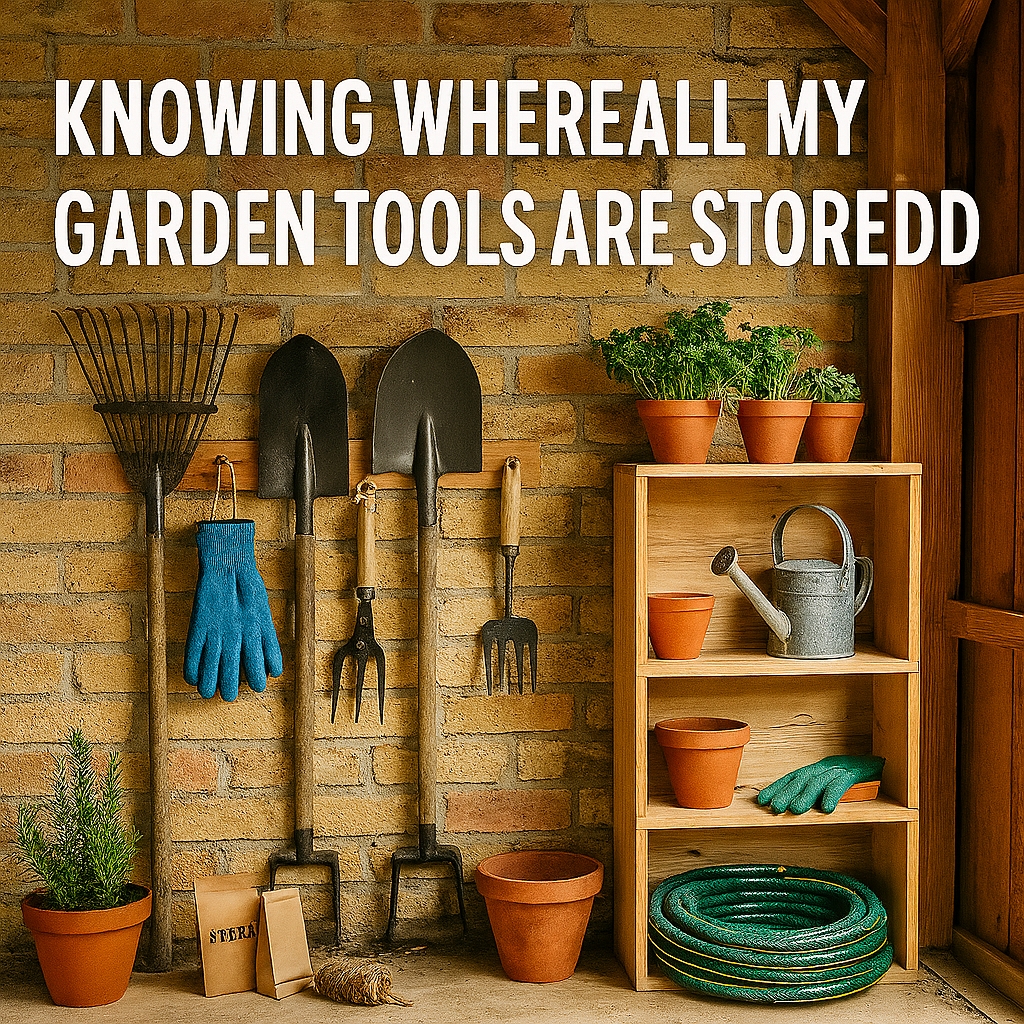
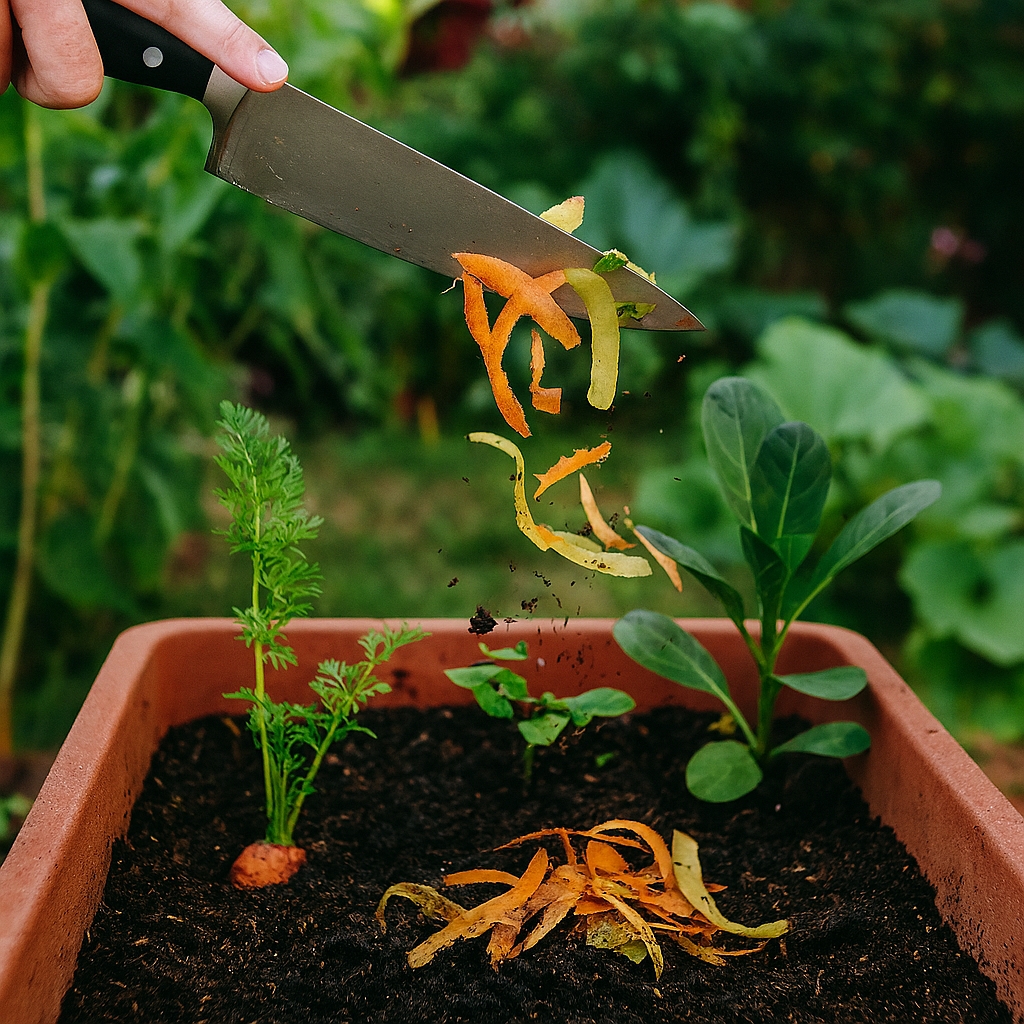
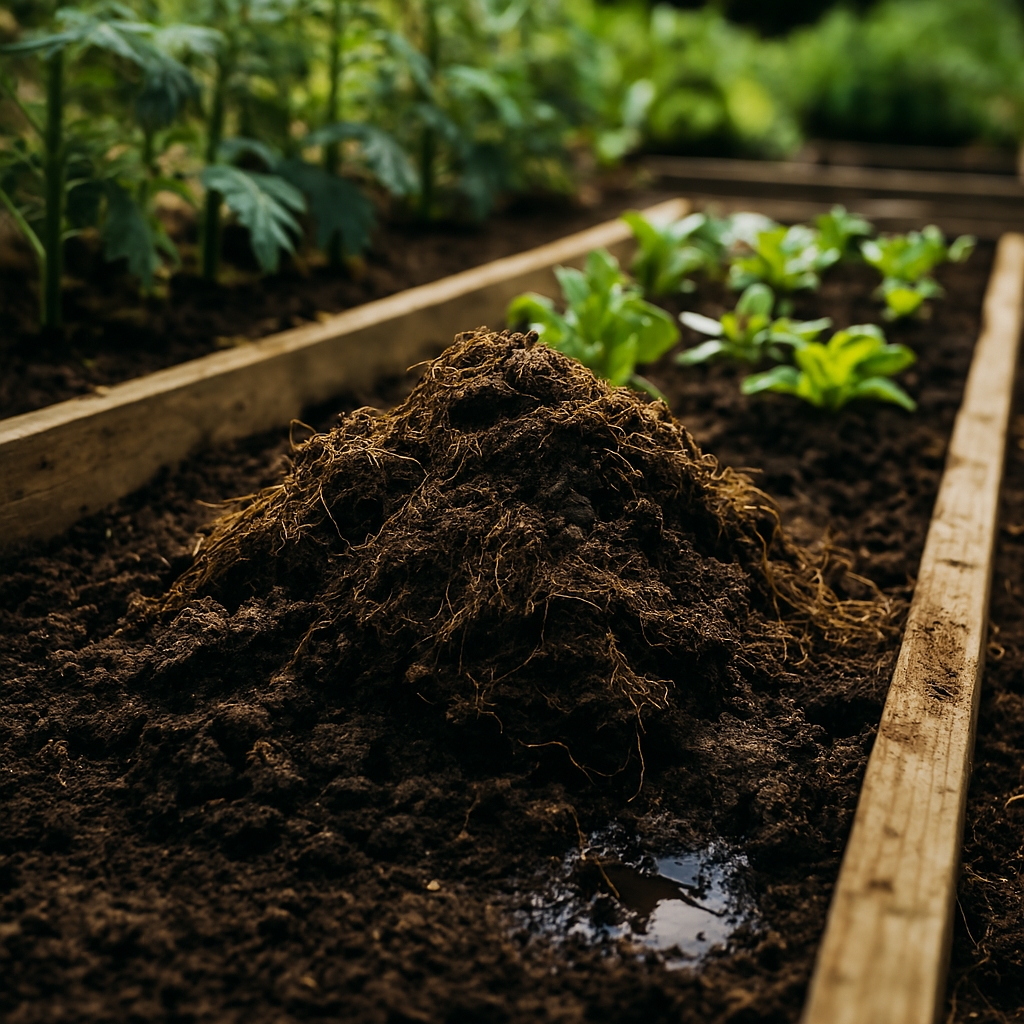


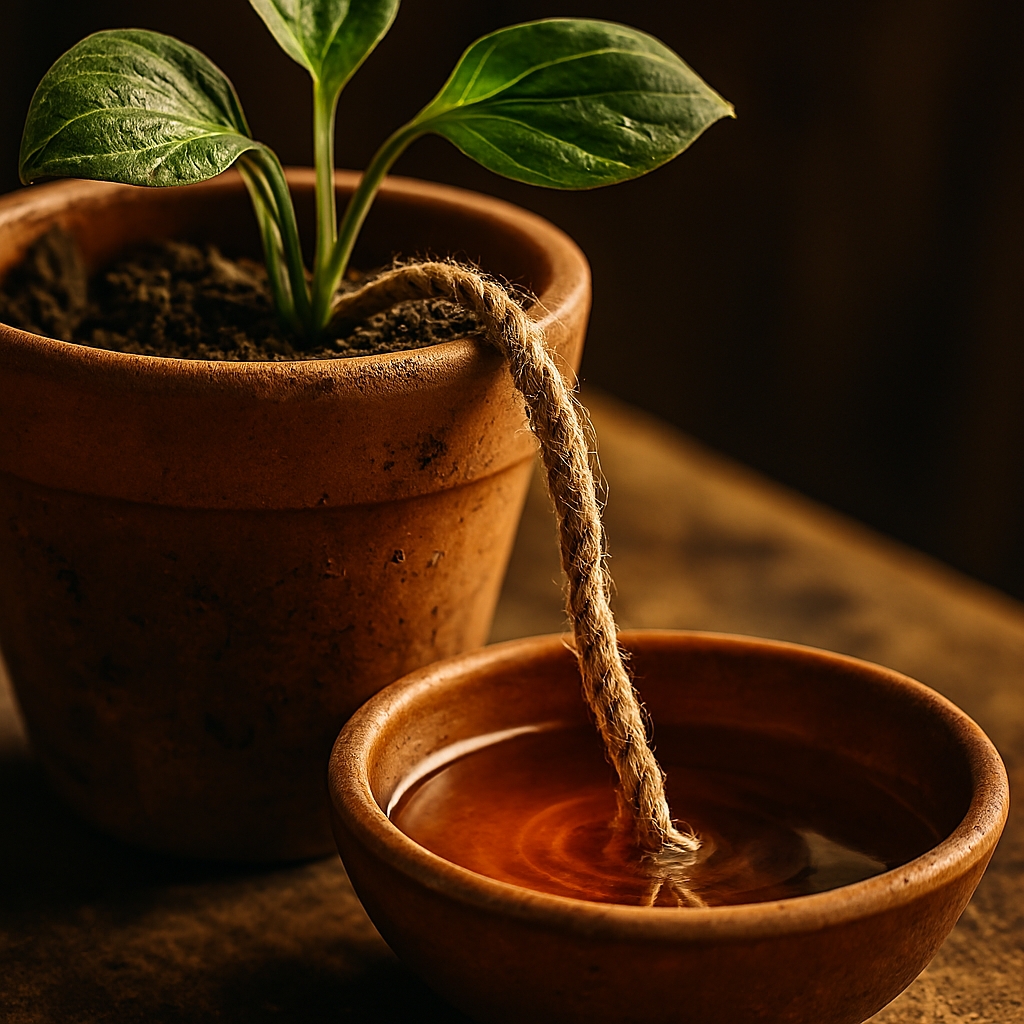


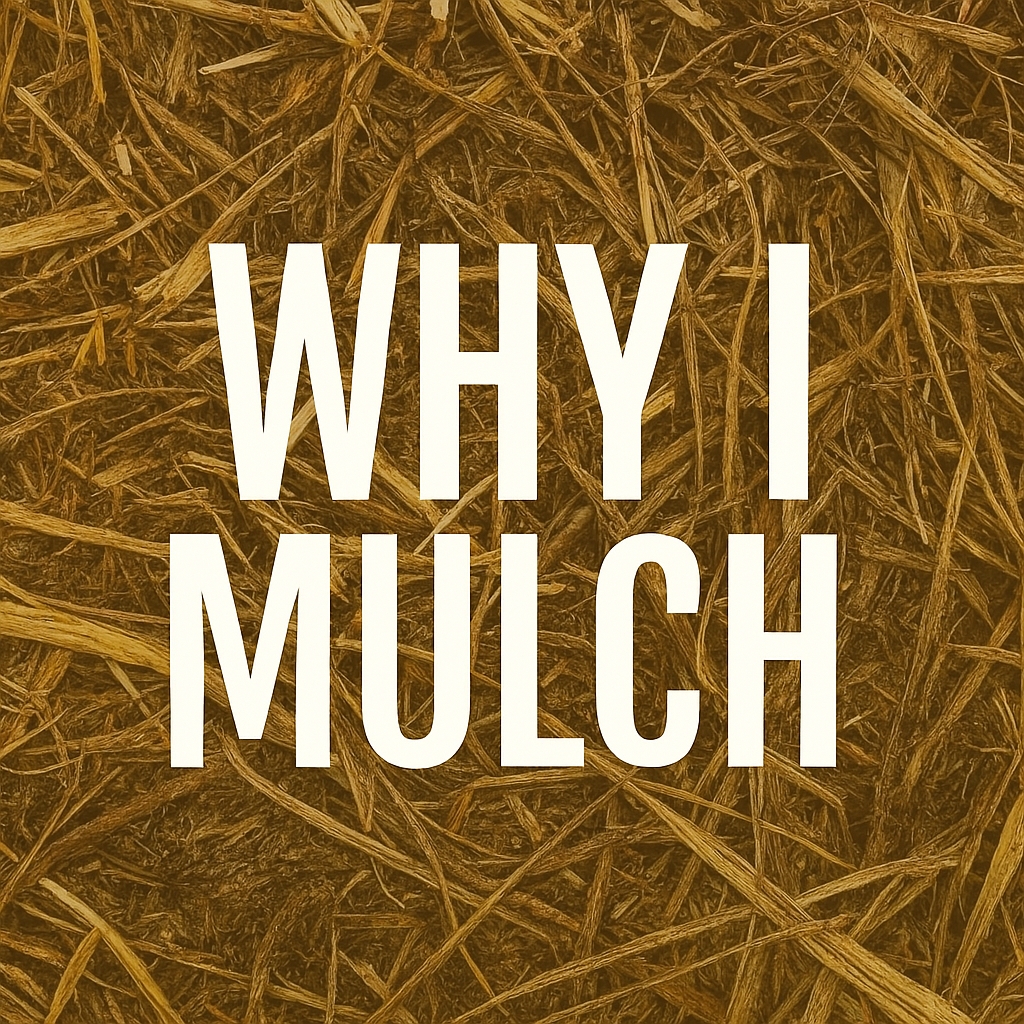





Hairstyles
Good write-up. I certainly appreciate this website. Keep it up!